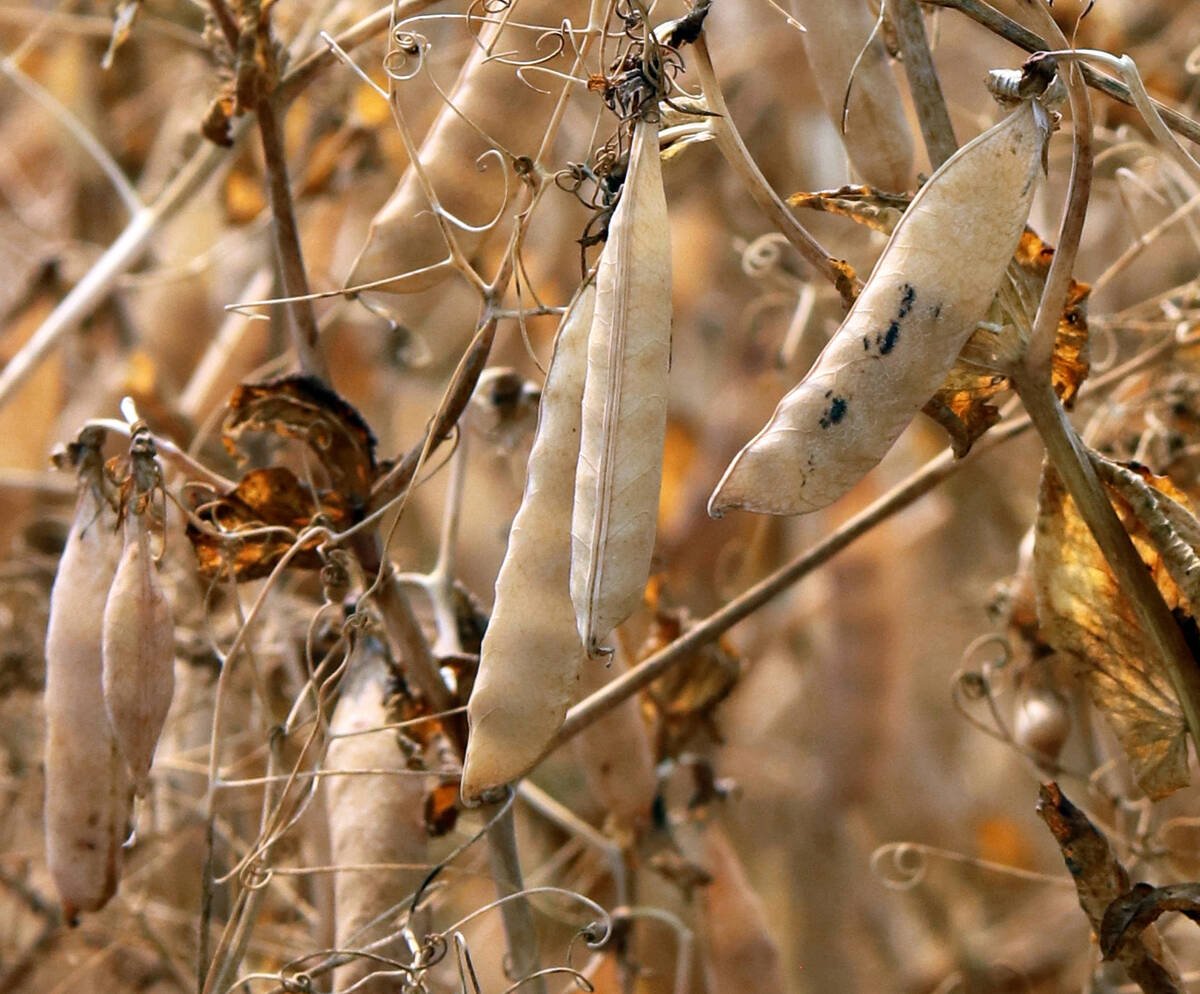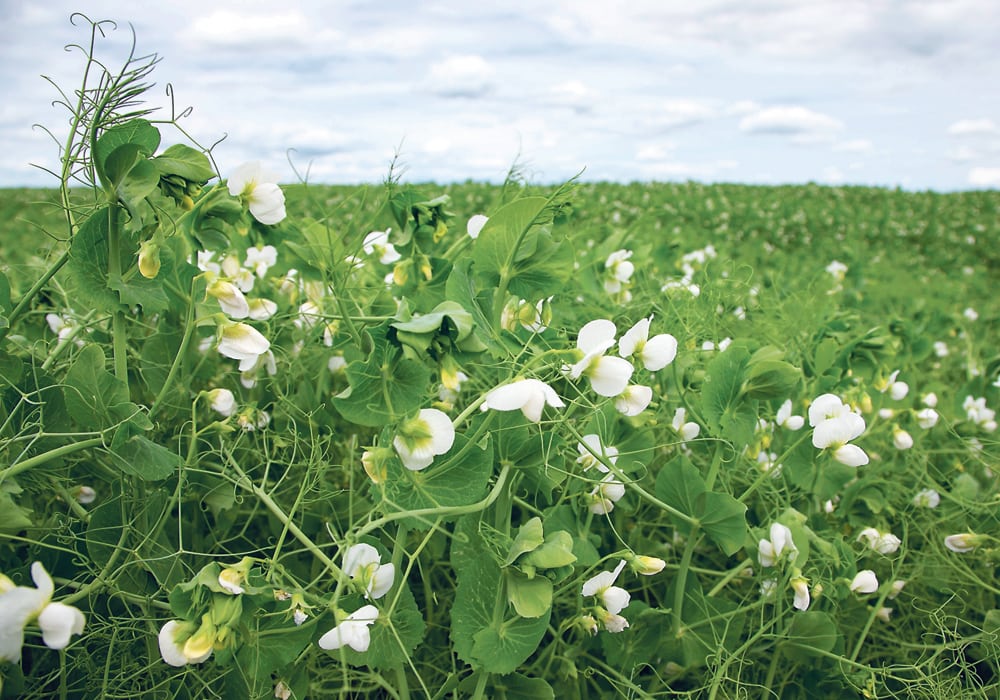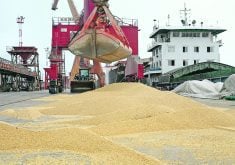Carry-in stocks are expected to increase for the 2018-19 marketing year because of the slow pace of Canadian exports
Increasing pulse ending stocks are going to continue to play into pulse crop prices in Canada, according to the latest update from Farm Credit Canada’s ag economics team.
“We’re still expected to see ending stocks increasing, so as we continue to see that ending stocks increase, that stock-to-use-ratio that we’d see in Canada is going to continue to be further pressured,” said Craig Klemmer, senior agriculture economist with FCC.
In the update, released July 31, FCC said that even though India’s tariffs on peas and lentil imports led to acreage declines, pulse crop carry-in stocks are expected to increase for the 2018-19 marketing year because of the slow pace of Canadian exports.
Read Also

Trump’s tariffs take their toll on U.S. producers
U.S. farmers say Trump’s tariffs have been devastating for growers in that country.
According to Agriculture Canada, carry-in stocks for lentils are expected to rise to 800,000 tonnes, while peas are predicted to increase for the third consecutive year to settle at 700,000 tonnes.
Acreage seeded to pulses did fall this year, according to Statistics Canada as of the end of June. Lentil acreage dropped 14.5 per cent to 3.8 million acres and pea acreage fell 12 percent to 3.6 million acres.
“It’s going to really matter on that supply that we have versus that stock in terms of where that future price goes,” Klemmer said.
“At this point it’s going to creep a little bit lower with those pressures until we start finding or getting a little bit more movement on our pulse crops,” Klemmer said.
Pulse exports have been down this year, partly because of decreased exports to India.
FCC predicted that red lentils would average $9.80 per bushel for the 2017-18 crop year, while green peas would average $8.90 per bu.
“When we see what’s happening right now with some of the challenges in the market, it is a very large export opportunity and Canada is such a dominant and strong producer of pulse crops in the world, so we do have an impact on that price for sure,” Klemmer said.
The pulse industry is always looking for new export opportunities, but without the Indian market this year it has been a huge challenge for the industry, he added.















